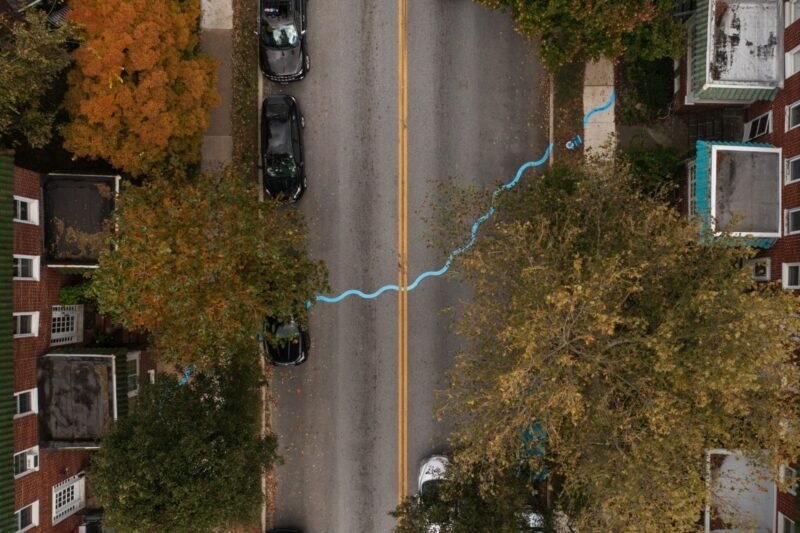Arduino And Its Relevance To Urbanists
 At the MakerBot headquarters in Brooklyn you can find this rather peculiar vending machine. It doesn’t sell Snickers, Mars and Nuts, but open source electronics instead. Arduino might be a rather unfamiliar piece of ‘nerd stuff’ to most urbanists and architects, but its functionality tends to increasingly affect cities, urbanism and design of buildings. This vending machine is filled with eighteen different items, most of them are Arduino micro-controllers. The rest are other types of shields and kits. The machine also includes Ramen noodles for ‘desktop dining’.
At the MakerBot headquarters in Brooklyn you can find this rather peculiar vending machine. It doesn’t sell Snickers, Mars and Nuts, but open source electronics instead. Arduino might be a rather unfamiliar piece of ‘nerd stuff’ to most urbanists and architects, but its functionality tends to increasingly affect cities, urbanism and design of buildings. This vending machine is filled with eighteen different items, most of them are Arduino micro-controllers. The rest are other types of shields and kits. The machine also includes Ramen noodles for ‘desktop dining’.
Arduino is open source hardware which basically enables us to connect the digital world with the physical world and vice versa. An international community of electro geeks is continuously looking for new applications for Arduino, resulting in interesting experiments, such as this art installation consisting of plastic plastic bags, and the urban game Urban Defender. We have been experimenting with Arduino ourselves while making a Twitter-controlled Christmas tree which was running during last Christmas holidays. The rise of the Arduino is best explained by a documentary explaining the impact of this single piece of open source hardware. The fact that this is the first documentary about a simple chip board probably says enough about the impact of the invention and its rich range of applications.
But what does Arduino mean to the urban environment? And why should urban designers and architects get lessons in Arduino basics? Until now, Arduino has been an experimental toy for web kids. But in fact it is the key to the proclaimed Internet of Things. In the near future more and more ordinary objects in our life will be connected and sensored, able to collect data and share it on Internet. A public transport chip card could be considered part of this revolution, or a refrigerator which alerts its owner as soon as the milk has reached its expiration date. When translating this to the city we can easily imagine what kind of data can possibly be communicated by a car, a one family house, a flat, a road, or a tree. Collecting and sharing data can help to better understand he city, monitor urban dynamics and enhance the complex urban environment. But even more interesting, the Arduino is able to deliver this Internet-driven data back to any (other) physical object, as we did with our Twitter-controlled Christmas tree. When a network of connected urban objects shares information, the objects themselves are basically able to control each other. Last Friday’s post on Wi-Fi fences shows another example of a spatial intervention based on relevant digital information using Arduino.

Although the current urban design practice doesn’t seem to be interested in this imminent change in the urban profession, big companies already lane for this future reality. IBM, for instance, is busy with a Smarter Planet program, investigating the impact of new data technology in urban environments, Philips has started a comparable Livable Cities program, looking for implementation of new techniques in urban environments, Hewlett Packard is interested in these changes, and also Cisco and Smart have comparable programs running to see what their business can mean for future cities. These are surely not the least of actors trying to catch up with urban professionals to see what the future of cities could lead us to. Perhaps it’s time for urban authorities to try to get some basic understanding of Arduino and its possibilities.
Pop-Up City is currently looking for city partners to test relevant implementations of this technique. Drop us a note when you’re interested!
[adrotate banner=”7″]



